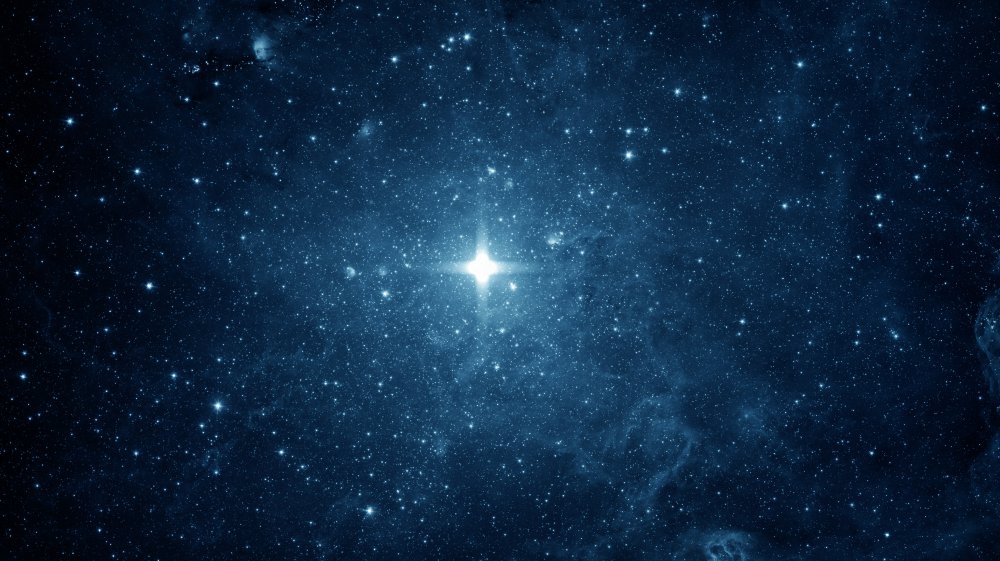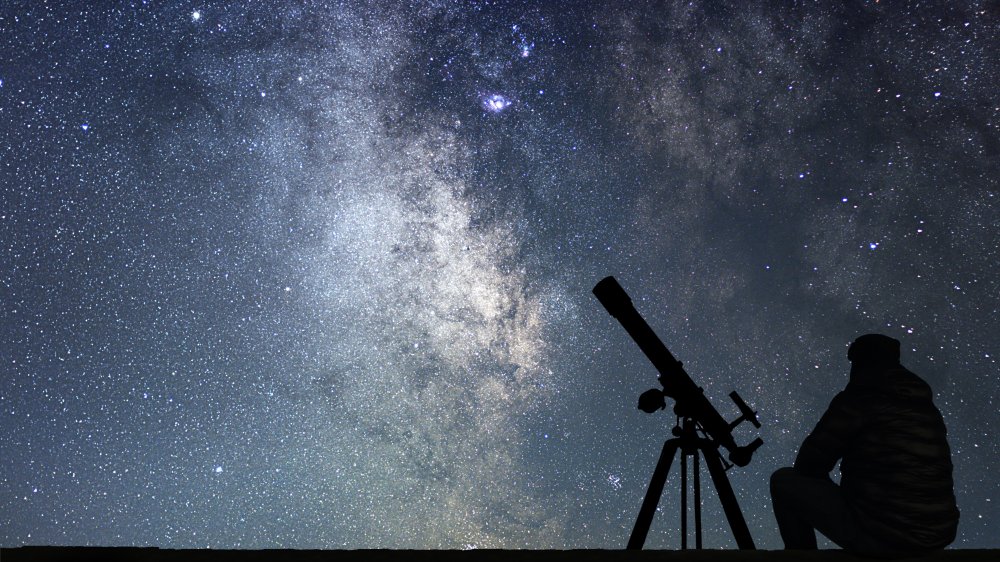The Sad Reason Most Americans Can't See The Milky Way
When you wish upon a star. Star light, star bright. Would you like to swing on a star? Stars, those mesmerizing points of light in the night sky, have fascinated human beings since forever. Useful for pondering, focal points for speculation, and for centuries, crucial for navigation, maritime and otherwise. In pre-Civil War times, the constellation commonly referred to as the Big Dipper, hanging to the north in the night sky, was identified as "the Drinking Gourd" in a song taught to slaves who wanted to escape to freedom: Go north. Follow the Drinking Gourd. The old man is waiting for to carry you to freedom.
Humans have been happily gazing upon the stars for millennia. All the more depressing, then, that those tiny lights in the clear night sky are tough, if not impossible, to see these days throughout much of North America.
The view isn't what it used to be
It isn't new news, per se. Humanity has pushing back the dark ever since fire was bent to the purpose of people. The History of Lighting tells that a form of street lighting was developed in Beijing as early as 500 BCE. In early 15th century London, it was mandated that houses hang a lantern outside at night. No doubt that where there's light, there's safety, but increasingly there's been a downside: light pollution. It isn't so much of a problem in rural areas of the world, but most people don't live in rural areas, and expanding populations in cities bring along expanding need for light.
Science Advances calls it "artificial skyglow." This effect is caused by reflected artificial light scattered in the atmosphere, as Science Alert describes it, resulting in light pollution, with the ambient light of the city essentially cancelling out the light previously seen from stars. Some 80 percent of the world's population lives under light-polluted skies, and for U.S. and European populations, that number jumps to 99 percent. The pollution is strong enough that the Milky Way itself is effectively hidden from a third of the world's population. In Europe and the United States, it's closer to 60 and 80 percent, respectively.
There aren't many spots left for stargazing
More than a candy bar, the Milky Way is the home for Earth. Space.com defines the Milky Way galaxy as "a typical barred spiral, much like billions of other galaxies in the universe." So in a sense, nothing special — except that it's home. It's about 100,000 light years across. How many stars are in this galaxy? An excellent question, and according to NASA, there's no clear answer. Best guesstimate is somewhere between 100 billion and 400 billion. On a good night, how many could you see with the naked eye? Thousands, says EarthSky.
It's not just a loss of natural beauty that's at stake. Some studies indicate that disappearing starlight is actually messing with people's circadian rhythms, with an impact on sleep patterns and other aspects of life. Some LED lights, while more energy efficient (which is good), also contribute more abundantly to the problem (which is not so good).
The good news is that it's not a total loss, yet. NPR reports that on a clear night, you can still see a plethora of stars after sunset in Death Valley.


